Dry air in the winter can be a pretty difficult problem to cope with. Dry air dehydrates you, as you lose moisture with your breath and through mucous membranes. Your sinuses, throat, eyes, and skin will all dry out over time. Dry eyes can be painful and irritating, not to mention unsightly. Dry skin can crack or flake, and can make existing skin conditions like eczema worse. Drying out the nasal passage, sinuses, and throat is not only irritating, it can lead to inflammation and sickness.
If that all sounds nasty, well, it is. Dry winter air can be quite a problem. Thankfully, you can take steps to minimize the problem.
Tip 1: Use a Humidifier
The ideal humidity for the average human ranges between 40% and 60%, though the scientific community is not in agreement over these numbers. Some find that a lower humidity, around 35% to 45%, is more ideal. Low humidity is a danger to us for all of the reasons mentioned above, but overly high humidity has drawbacks as well. Higher humidity fosters the growth of mold, mildew, fungus, and dust mites, and can exacerbate the effects of asthma and allergies. You want to try to keep the moisture level in the air to a happy medium.
One good way to do this is through a humidifier. Humidifiers come in a variety of forms. The largest and most expensive option is the whole-house humidifier. These are machines that tap into your household water supply and your heating system, if you have a forced air heating system. They don’t work with radiators and the like. The idea is that, when your furnace runs and forces warm air throughout your house, the humidifier heats and disperses moisture along with the air.
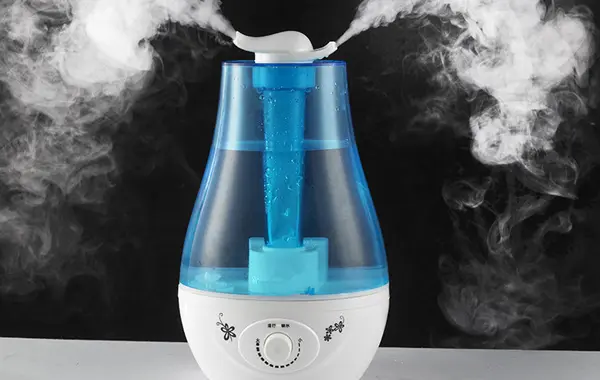
We don’t recommend springing for this method if you’re simply looking for a solution to dry air. A whole-house humidifier can be an expensive installation, and they aren’t something you can just pick up and use yourself. If they aren’t properly installed, they can cause condensation and water staining, or even potential mold hazards.
The other form of humidifier is the single-room humidifier. These are designed to add moisture to a single room in your home, and are small machines no larger than a rice cooker or, on the larger end, a small microwave. There are dozens of models within this space, but they fall into a few categories.
The first set of categories is whether the humidifier uses warm mist or cool mist to disperse moisture.
- Warm mist humidifiers use heat to boil water and turn it into steam, which they disperse throughout the room. Functionally, this is no different from putting a pot of water on the stove and letting it boil off, though they are much safer. Warm mist humidifiers do generate a lot of heat, and thus are not suitable for areas where children could come into contact with them. They also often require mineral filters, to minimize the amount of mineral sediment in the air, and these filters require replacing on a regular basis.
- Cool mist humidifiers don’t generate heat to disperse moisture, and instead use one of several methods for converting water into vapor to disperse it throughout the room. This tends to make them quite a bit safer, but they are also often louder than their heated counterparts, due to the use of a fan to disperse the fog they create. Some people find cool mist easier to breathe, so it will in part be personal preference which option you choose.
You also have the dispersal method. With warm humidifiers, heat is used to convert water into steam. However, there are also evaporative humidifiers and ultrasonic humidifiers. Evaporative humidifiers use a wick dipped in water. This wick soaks up moisture, while a fan blows over it. The fan causes the moisture to evaporate and pushes it out of the machine and throughout the room. Ultrasonic humidifiers use a thin membrane vibrating at extreme frequencies – too high to hear – to create a fine mist that is then blown throughout the room.
Cool mist humidifiers don’t tend to have mineral filters, and have the primary drawback of often creating a “white dust” throughout your room. This dust is the minerals in your water settling back out of the air. It often feels chalky and can be annoying to clean or deal with. You can minimize the risk of this dust by using models that have mineral filters, and by using distilled pure water rather than tap water.
Keep in mind that any humidifier you purchase needs to be accessible to clean. Humidifiers are often havens for bacteria if they aren’t cleaned regularly, and this can be more detrimental than the dry air you’re trying to mitigate!
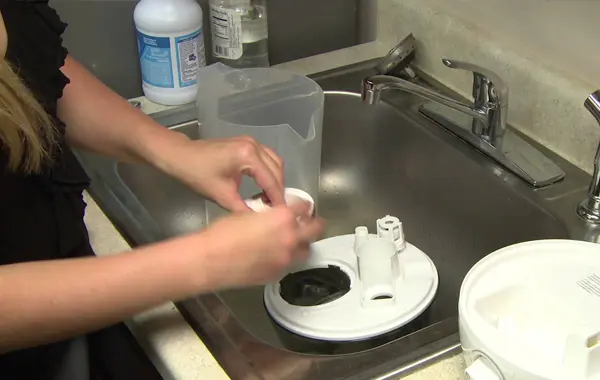
When shopping for a humidifier, you should keep in mind a few things.
- Room size. Humidifiers need a certain level of output to be able to add moisture to large rooms effectively, but an overly large humidifier might be overkill for a small room and lead to a dampness on everything that can be damaging or foster mold.
- Cleanliness. Being able to clean and disinfect your humidifier is very important. Often, you need to rinse and dry it every day, disinfect it every week, and do a thorough cleaning before storing it for the warmer seasons. The harder it is to clean, the larger a hassle this will be, and the more likely you are to slack and cause harmful build-up of bacteria or mold.
- Usability features. Some humidifiers come with a humidistat, which is a device that monitors the humidity in the air. This allows you to set it to something like 40%, which would be ideal, and the humidifier will shut itself off once that desired level of humidity has been reached. Some will also have timers, so you can set them to come on before you get home from work or turn off in the evening.
- Cost. The more features and the larger the size you want out of a humidifier, the more it’s generally going to cost. These devices tend to range from $40 to $100, though there are outliers on both ends of that range.
Humidifiers aren’t the perfect solution for everyone. If you have highly mineralized water they can be expensive to maintain, as you need to purchase distilled water for use or deal with the white residue on everything in your room. They also require maintenance that isn’t always easy to keep up with. Thankfully, you have other options as well.
Tip 2: Drink Plenty of Fluids
Cold, dry air saps moisture out of your body through mucous membranes and bodily processes. One way to keep that from drying you out is to replace that moisture. You don’t need moisture in the air if you’re putting it in your body, right? Just drink some water!
Okay, so there’s a bit more to it than that. For one thing, you should generally seek room temperature or warmer beverages rather than cold water in the winter. Cold water puts a bit of strain on your body – mild though it is – and is absorbed more quickly. Warmer water and other beverages, like tea, keep you warmer and are absorbed more gradually.

You can also get your moisture through non-water beverages and even non-beverages. Some fruits are ideal for both their health effects and the moisture they provide. Apples, pears, and clementines are all excellent. You can also aim for salty foods and drinks, like soup and broth. The salt helps your body retain water – much more useful in the winter than the summer – as well as providing nutrients and other benefits.
Meanwhile, you should avoid both caffeine and alcohol, due to their diuretic effects. They will increase the rate at which your body expels liquid, which operates counter to your goal to stay hydrated.
Tip 3: Stay Hydrated with MyAir Masks
Our third and most recommended option is a MyAir mask. We’re a little biased, of course, but they’re an excellent solution. They’re face masks that fit over the nose, mouth, and chin, but they’re surprisingly comfortable. If you’ve ever worn a mask before and found irritating seams or found that it didn’t fit right, those are problems you won’t have with MyAir.
How does a mask help with hydration? Rather than adding moisture to the air or to your body directly, a MyAir mask helps retain the moisture you already have. By filtering the air you breathe, our masks trap moisture and return it to you as you breathe naturally. You aren’t losing the moisture in the first place. A MyAir mask prevents up to 88% of the moisture loss of natural breathing, which isn’t perfect, so you will need to stay hydrated with plenty of water, tea, broth, or other sources of good old H2O.

In addition to retaining moisture, a MyAir mask will help filter out harmful particulates in the air. The filter works down to .01 microns, which is enough to filter out sand, mold, dust, pet dander, smog, and many diseases, including most viruses and virtually all bacteria. These masks, then, help minimize the effects of asthma and respiratory illness, as well as helping prevent you from catching a disease in the first place. Since winter is the worst time of year for sickness, this can be very helpful.
To read more about the technical aspects of the MyAir mask, including the filtration level and the design of the mask itself, check out the technical details page.
Wearing a mask has more benefits than just air filtration and moisture retention. They are also a physical barrier between your hands and your face, which is a huge contributor to the spread of disease. A lot of diseases, even cold and flu cases going around each year, spread through contact and by touch rather than through airborne particles. Touching a surface that hasn’t been cleaned can get bacteria or viruses on your hands, and then rubbing your nose or touching your mouth can transfer that disease to your more sensitive areas. A physical barrier makes this more difficult and makes it happen less often, and reminds you to wash your hands before touching your face.
A MyAir mask is not a respirator mask. True respirators either purify the air you breathe or replace it with a self-contained air supply of their own. They’re also bulky, painful or uncomfortable to wear, and are not designed for common use. They’re specialized, like the kinds of masks scuba divers, firefighters, or hazardous waste crews wear. So, while a MyAir mask won’t provide total protection from everything in the air, they have benefits on the side. They’re comfortable, as we mentioned above, and they’re stylish as well. They come in over a dozen different designs for the outer sheath, and you can easily purchase replaceable filters.
At the end of the day, any of the three tips above is a possible solution for keeping yourself healthy and comfortable in the cold, dry months. Some are simply better than others. A humidifier works well for extremely dry climates or in areas where you don’t want to wear a mask. Masks work when you’re out on the go, traveling, or spending time in a large climate controlled space, like an office. And, of course, simple hydration should be the foundation of all solutions, and should be good practice for daily life regardless of the climate. After all, your body needs water to live, so you need to give it water.
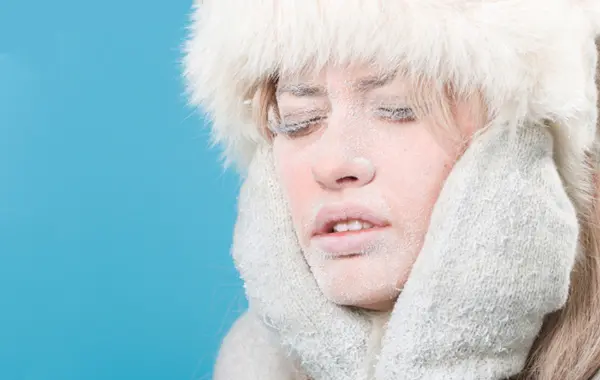
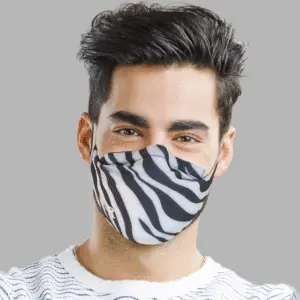

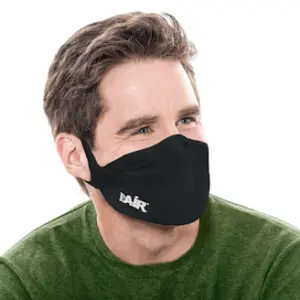
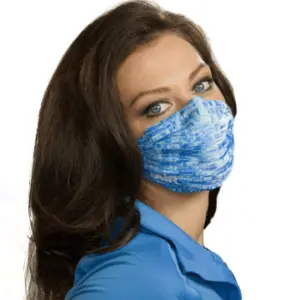

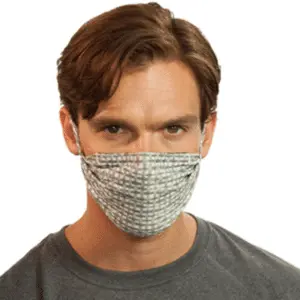





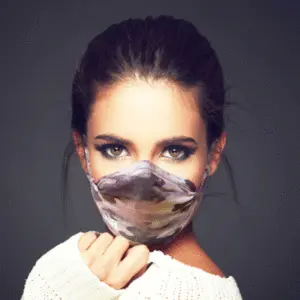
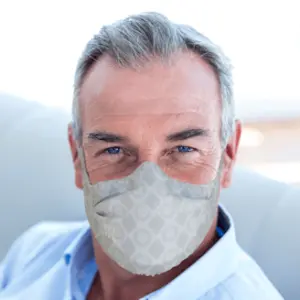



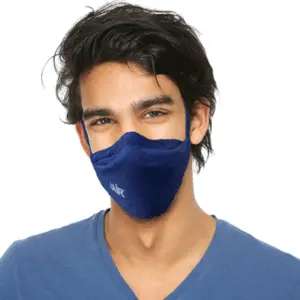

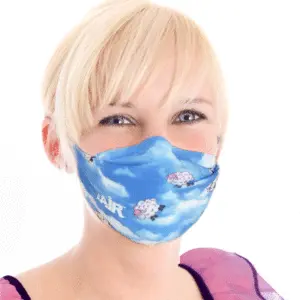
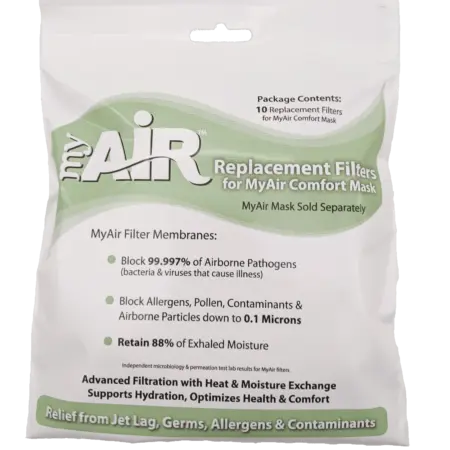
0 Comments